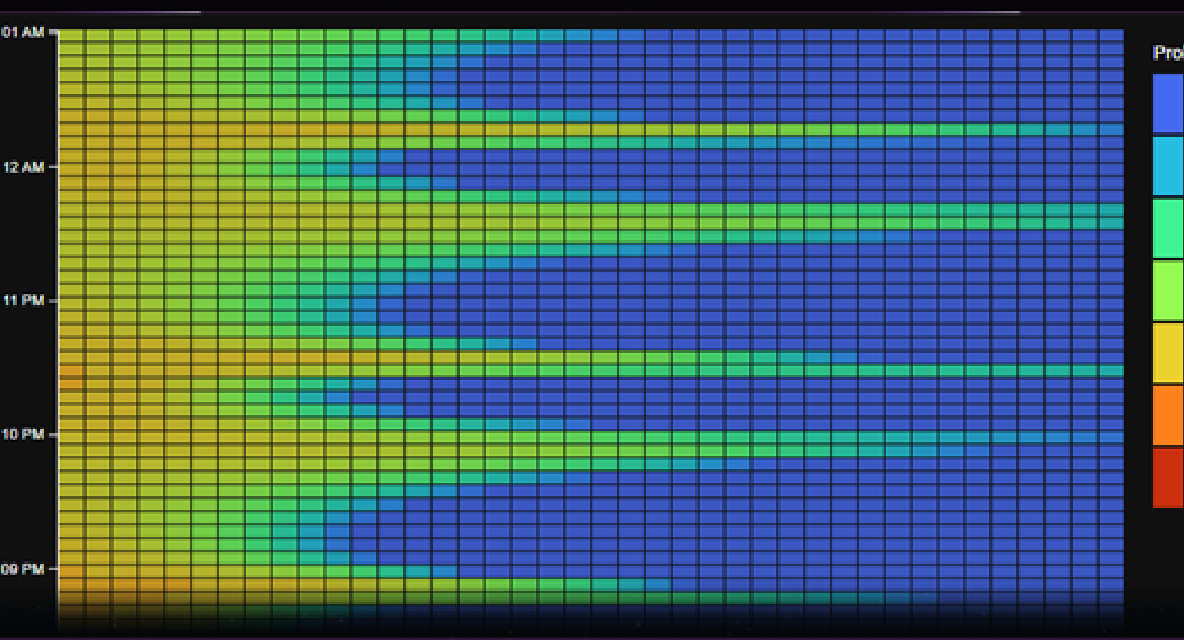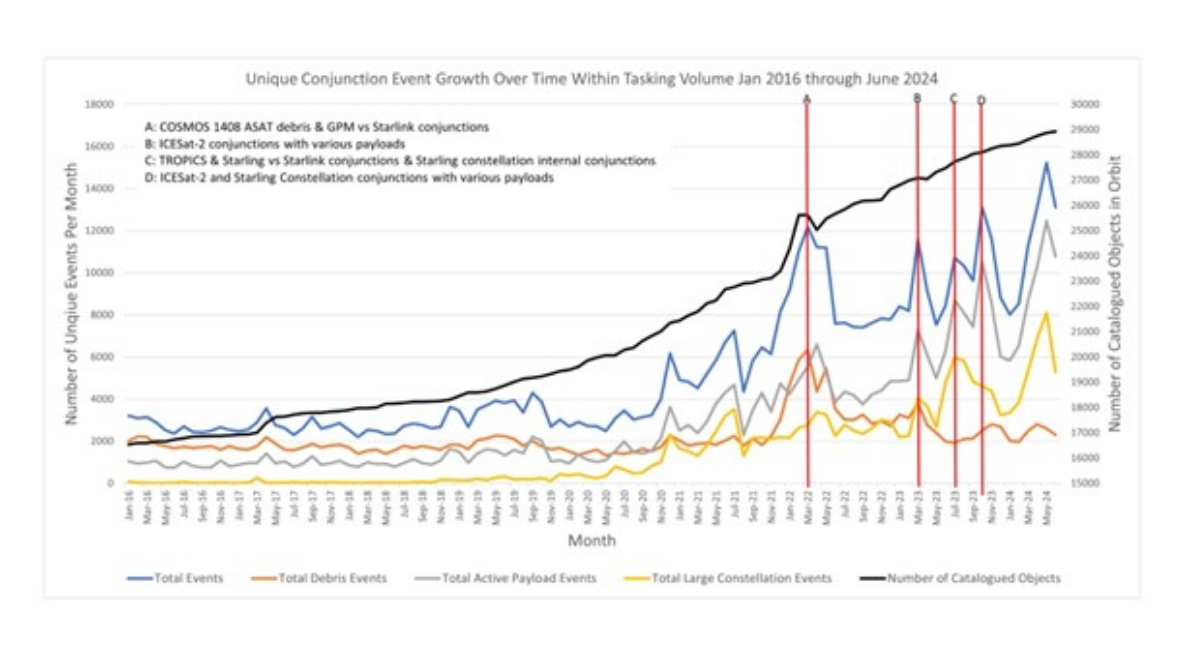Space Domain Awareness
SOLUTIONSa.i. solutions has experience with Space Domain Awareness and Space Situational Awareness supporting civil and DoD customers. From public service missions to protect the space environment from further congestion due to space debris, to maintaining vigilance against possible adversary actions in space, a.i. solutions takes a hands-on approach.
Driving the industry to improved SDA data quality
a.i. solutions developed and operates SensorQC, a new solution for evaluating the quality of commercial space surveillance data.
With FreeFlyer as its underlying astrodynamics engine, SensorQC performs sensor calibration, spacecraft state verification, and checks adherence to best practices for data hygiene.
a.i. solutions operates SensorQC in support of an international coalition of space domain awareness operators, led by the U.S. Space Force and U.S. Space Command. Known as the Joint Commercial Operations (JCO) cell, space operators from five continents share the 24-hour-per-day task of monitoring commercial space surveillance observations for indications of potentially hostile on-orbit activity. They perform this role to provide timely and accurate identification, analysis, and warning of potential counterspace activity and to help deter adversary action.
SensorQC plays a vital role, giving operators confidence in the commercial space surveillance observations used in their data-driven decisions. SensorQC detects findings in near real time, allowing our team to quickly alert sensor providers of any problems and minimize the impact to data quality.
In its first year, SensorQC processed more than 3.6 million sensor observations from over 400 optical, radar, passive RF, and passive radar sensors across 18 commercial sensor networks.
SensorQC Brochure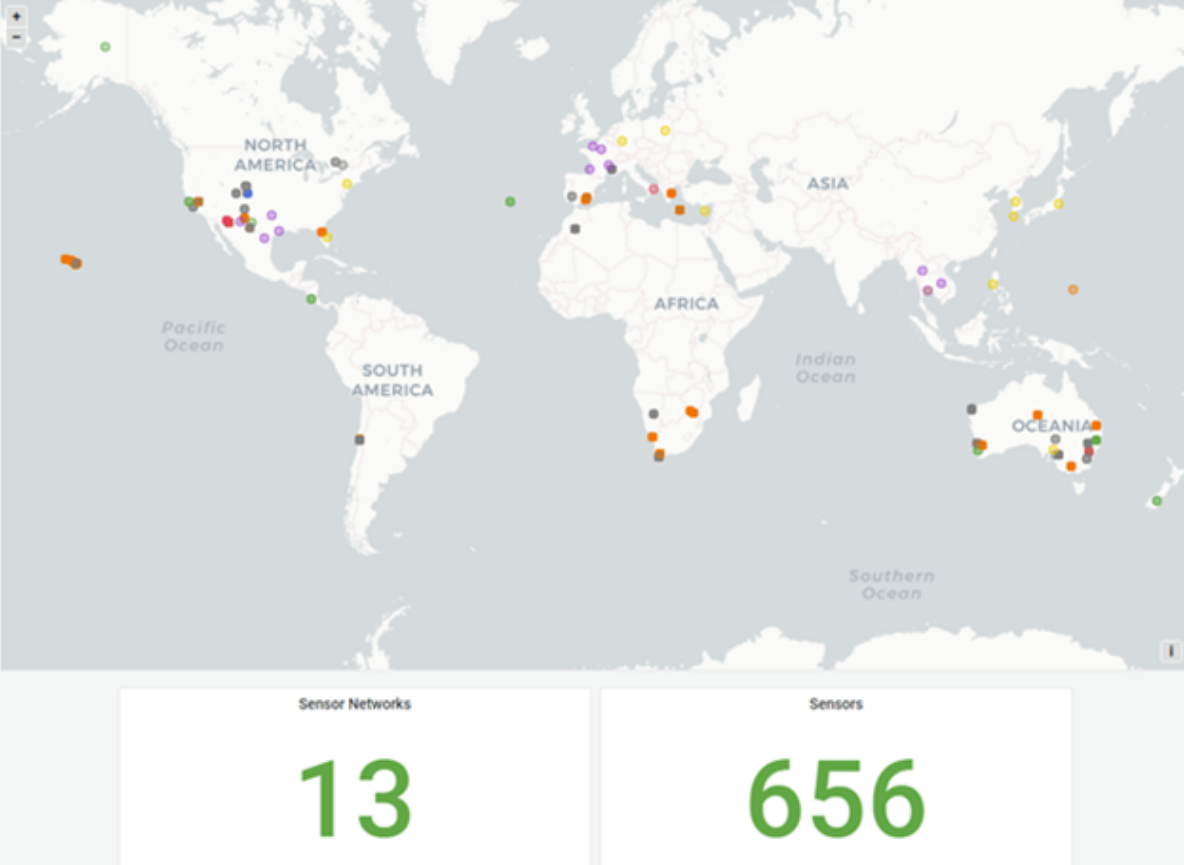
Preparing operators to detect and respond to adversary actions in space
a.i. solutions’ ObsSIM capability generates realistic simulated space surveillance sensor observations for use in testing, training, and exercises of space operators. ObsSIM models the ground and space-based sensors of the U.S. Space Surveillance Network (SSN) as well commercial optical networks, commercial passive RF networks, and commercial radar networks.
ObsSIM is powered by FreeFlyer’s astrodynamics engine to produce physics-based simulated space surveillance sensor observations of resident space objects (RSOs). Simulated space events including launches, maneuvers, rendezvous and proximity operations (RPOs), breakups, deployments, and conjunctions can be layered into the simulation to design a custom test, training, or exercise scenario.
ObsSIM’s simulated observations are published in real time to the Unified Data Library (UDL) for storage, downloading, and further exploitation by end users. ObsSIM also publishes state vectors, ephemerides, and element set data to the UDL.
The Joint Task Force - Space Defense (JTF-SD) Commercial Operation (JCO) Cell uses data generated by ObsSIM for training during their international Sprint Advanced Concept Training (SACT) experiment series. ObsSIM simulated SDA data can be provided to other customers for similar training events, with fully customizable event types and simulated sensors.
Learn more about ObsSIM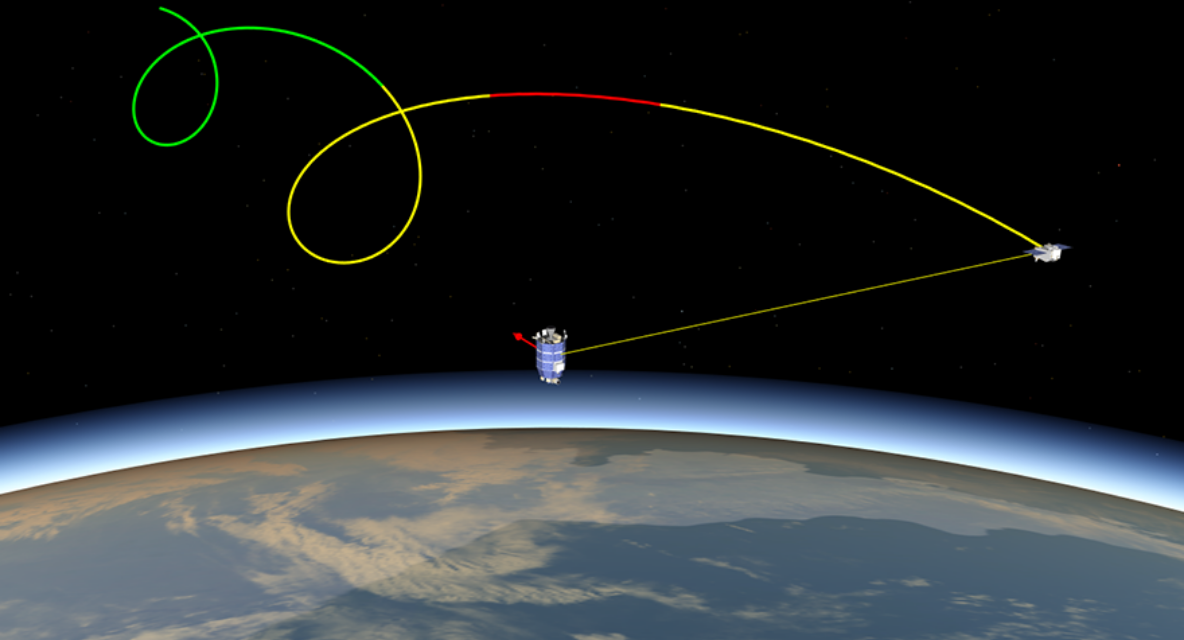
Protecting spacecraft every day
Major debris events and the proliferation of commercial megaconstellations have created an increasingly hazardous space environment. Our analysts, software developers, and mission operators have supported NASA’s Conjunction Assessment Risk Analysis (CARA) program since 2011.
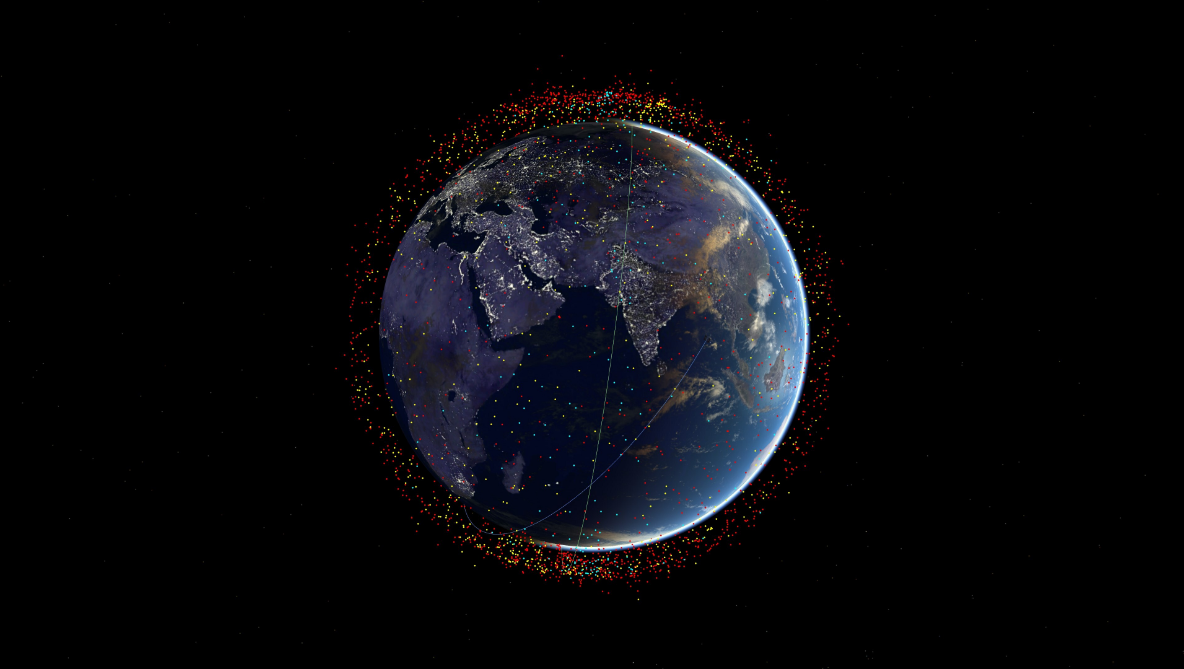
What is a conjunction?
A conjunction is when another spacecraft or piece of debris is predicted to be within a volume surrounding the primary spacecraft. This is called the screening volume.
Primary objects are screened against the known catalogue of debris and other space objects about 3 times per day. If secondary objects occur within the screening volume of the primary spacecraft, a Conjunction Data Message (CDM) is created which contains information including the Time of Closest Approach (TCA), the miss distances, the approach angle between the two objects, the uncertainty of the measurements, and many other pieces of information that help determine how likely a collision might be.
Conjunction does not mean collision
From the CDM, the probability of collision is calculated.
The probability of collision is the likelihood that the miss distance is smaller than the combined size of the two objects.
If the probability of collision reaches a certain threshold, and the spacecraft is maneuverable, and the TCA is within about 3 days, then the spacecraft team begins planning a Risk Mitigation Maneuver (RMM).
How to plan a risk mitigation maneuver
How do you know how large of a burn and in which direction a spacecraft should perform a maneuver?
A Maneuver Trade Space provides the information a spacecraft team needs in order to answer this question, capturing a range of options for maneuver start time, direction, and magnitude, and the resulting probability of collision for every maneuver scenario.
Our flight dynamics ground system, Meridian, is ready to protect your satellite with built-in conjunction assessment and risk mitigation features.
Learn more about Meridian